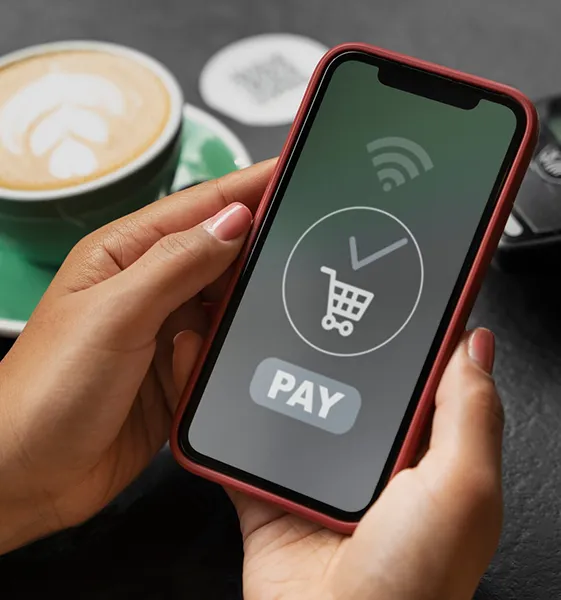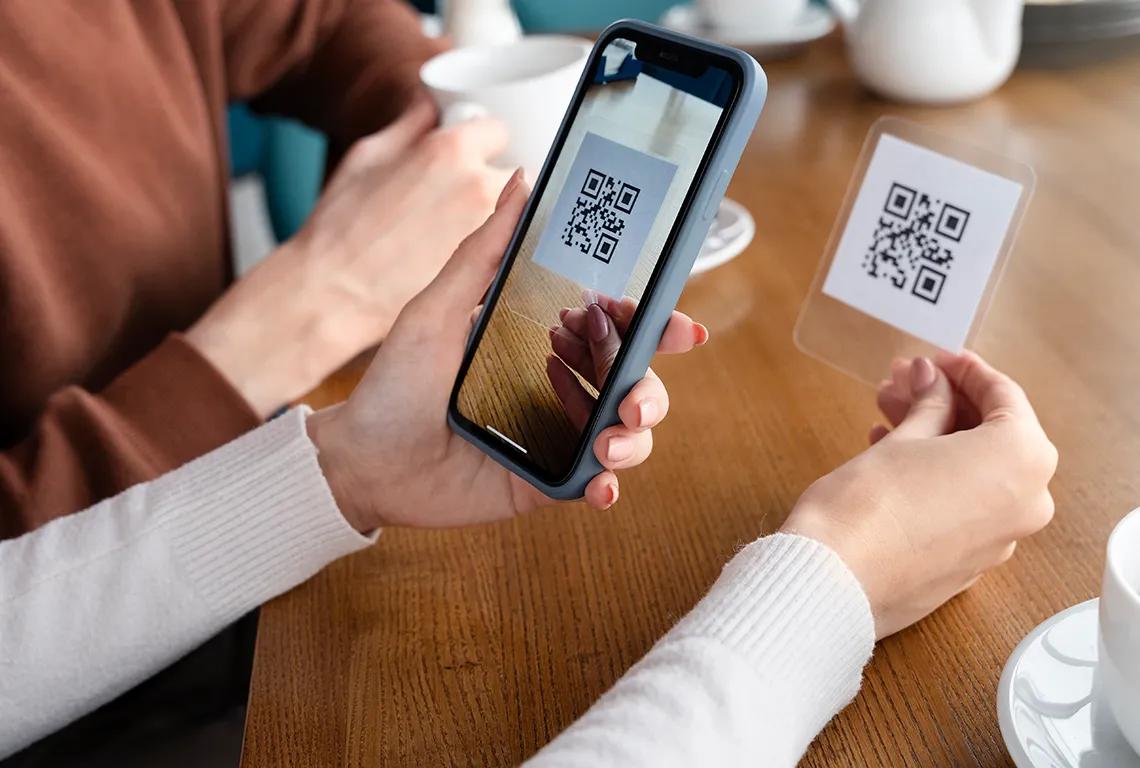Payment Links & QR
Exploring the Power of Payment Links and QR Codes: Revolutionizing Digital Transactions


In the era of digital commerce, payment methods are evolving at a rapid pace, offering consumers and businesses greater convenience and security than ever before. Two innovations that have gained significant traction in recent years are payment links and QR codes. In this blog, we delve into the functionalities and advantages of these technologies, and how they are reshaping the landscape of digital transactions.
Understanding Payment Links:
Payment links are a simple yet powerful tool that enables businesses to request payments from customers through a unique URL. Instead of manually entering payment details or sharing bank account information, customers can simply click on the payment link, enter the desired amount, and complete the transaction securely. This seamless process not only enhances the customer experience but also reduces the risk of errors and delays associated with traditional payment methods.

Unlocking the Potential of QR Codes:
QR codes have become ubiquitous in today's digital world, offering a convenient and contactless way to facilitate transactions. By scanning a QR code with their smartphone camera, customers can instantly access payment information and complete transactions without the need for physical cash or cards. Whether it's making a purchase at a retail store, paying bills at a restaurant, or donating to a charitable cause, QR codes streamline the payment process and enhance efficiency for both consumers and businesses.
Advantages of Payment Links and QR Codes:
Convenience: Payment links and QR codes eliminate the need for physical payment terminals or card readers, allowing transactions to be completed seamlessly from anywhere, anytime.
Security: With built-in encryption and authentication features, payment links and QR codes offer a secure and tamper-proof method of transferring funds, protecting both businesses and customers from fraud and unauthorized access.
Cost-Effectiveness:Compared to traditional payment methods such as credit card processing fees or cash handling costs, payment links and QR codes are often more cost-effective for businesses, helping them save money and streamline their operations.
Accessibility: Payment links and QR codes are accessible to a wide range of users, including those without access to traditional banking services or credit cards. This inclusivity promotes financial inclusion and ensures that everyone can participate in the digital economy.
Embracing the Future of Digital Transactions:
As technology continues to advance, payment links and QR codes are poised to play an increasingly prominent role in the future of digital transactions. Their convenience, security, and versatility make them indispensable tools for businesses looking to stay competitive in today's fast-paced marketplace. By embracing these innovations, businesses can enhance the customer experience, streamline their operations, and drive growth in the digital age.